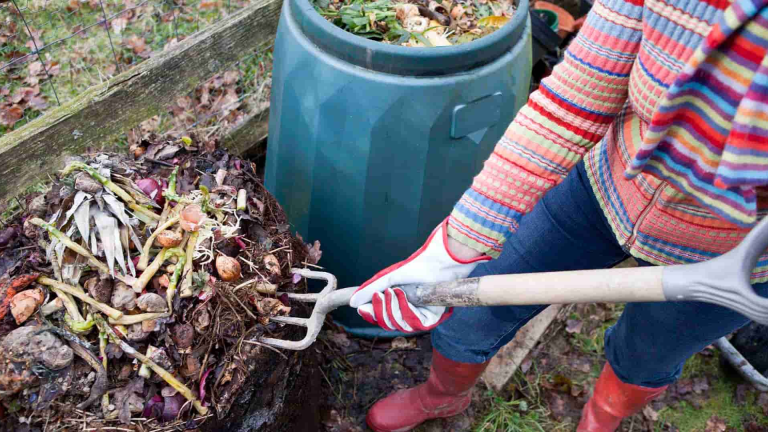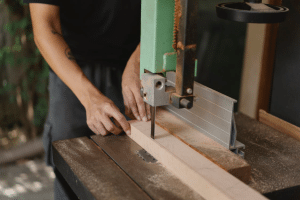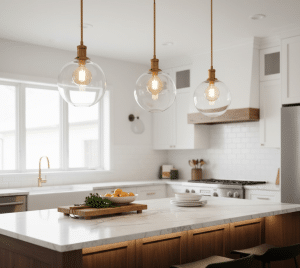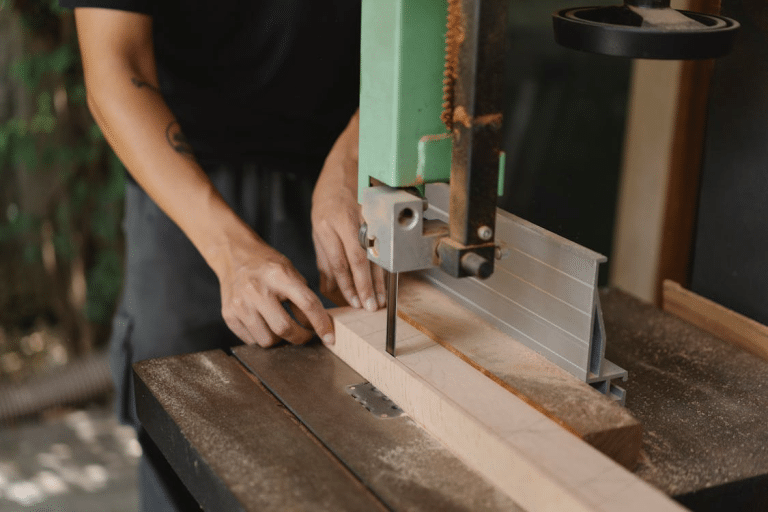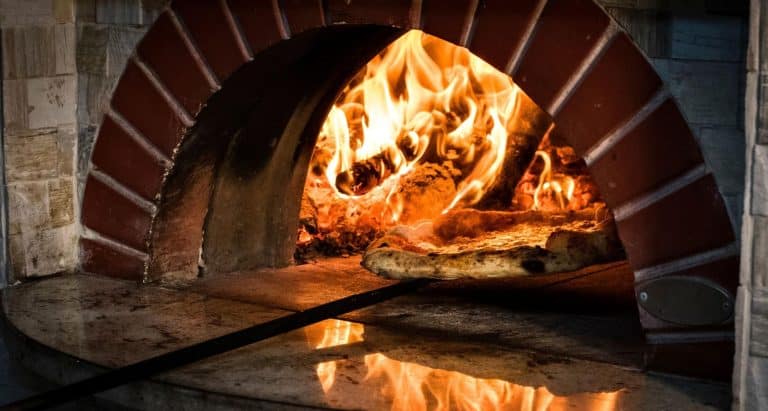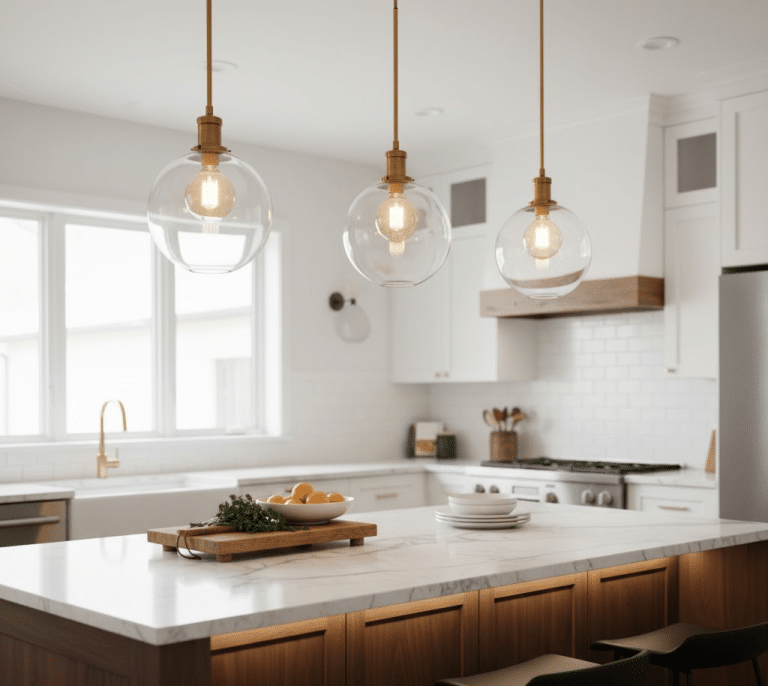Composting sounds simple, but knowing what to throw in can get confusing.
I get it-you want to cut down on waste and do something good for the planet, but you’re not sure where to start.
That’s where a clear, easy-to-use printable compost list comes in. It helps you know exactly what goes in the bin and what doesn’t. No guessing, no mess-ups.
I’ve put together a guide that makes composting feel less like a chore and more like a habit you can actually keep up with.
You’ll find out which food scraps, paper items, and yard waste can be composted and what to avoid. I’ve also added tips to make it super easy to use your list every day.
If you’ve ever stood in the kitchen wondering, “Can I compost this?”, this is for you. Let me help you make composting simple, clean, and something you’ll feel good about.
Why Use a Printable Compost List?
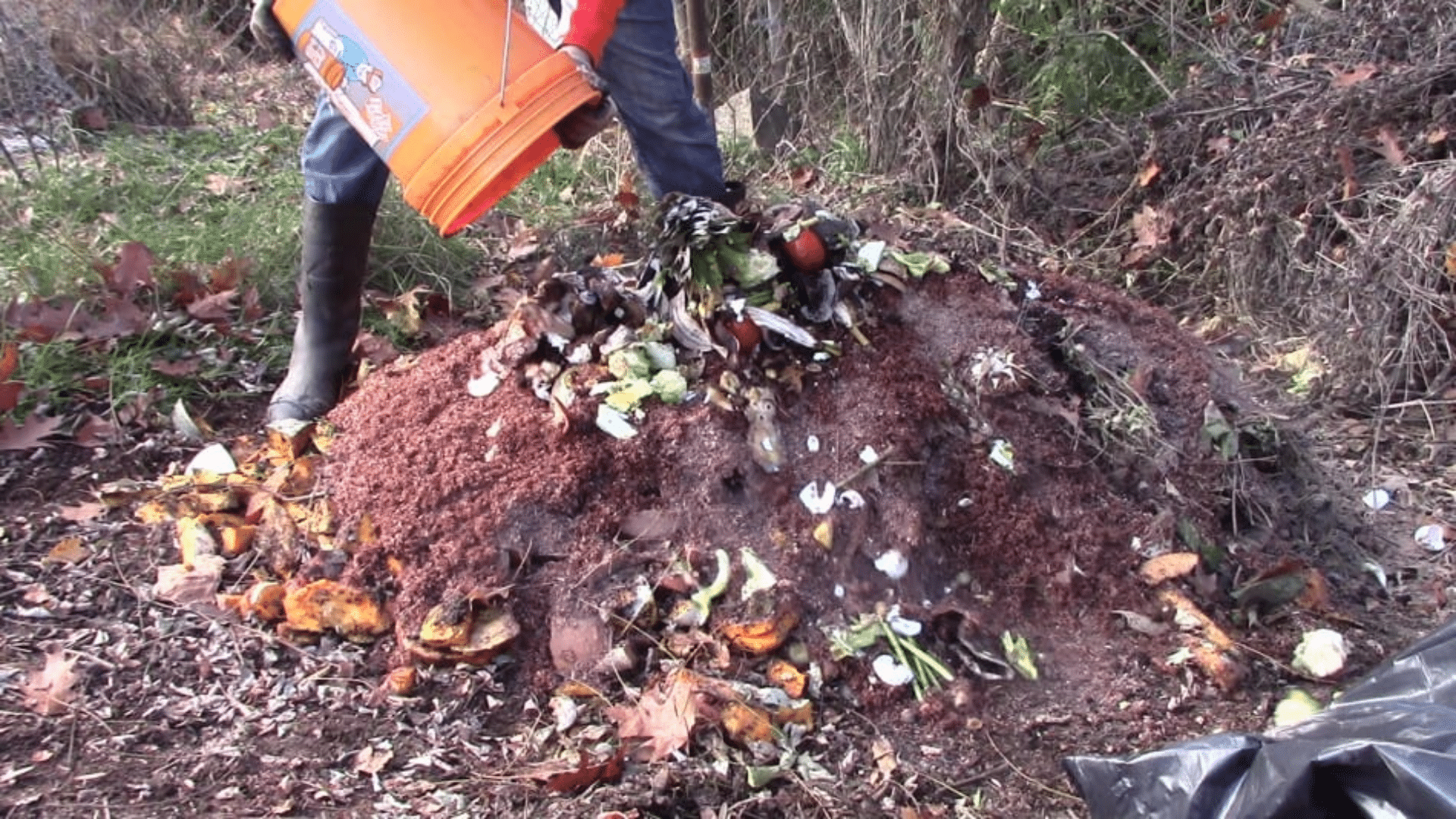
It’s easy to forget what you can and can’t compost, especially when you’re busy or just starting out.
A printable compost list eliminates the guesswork from the process. You can stick it on your fridge, keep it near your compost bin, or even hang it in your garage.
It serves as a quick reminder that helps you sort waste without a second thought. No more tossing the wrong things in or missing out on stuff that could’ve gone into your pile.
If you want composting to be simple and part of your daily routine, having a list in sight really helps.
It’s all about making composting easier, cleaner, and more consistent.
- Gives you clear answers at a glance
- Helps avoid composting mistakes
- Saves time and reduces food waste
- Good for teaching kids or roommates
- Encourages a daily composting habit
Understanding Compost Basics
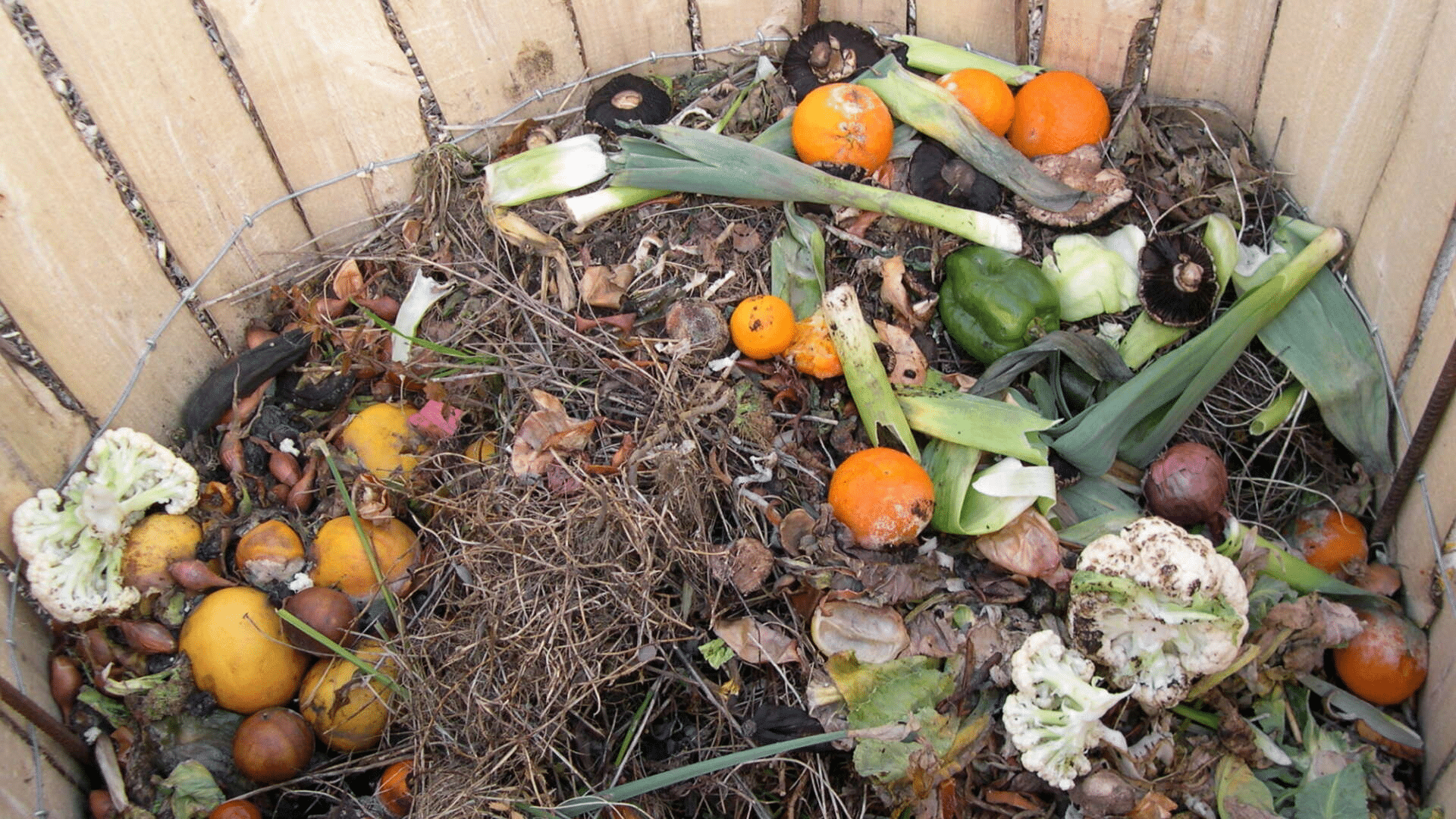
Composting is the process of breaking down organic matter like food scraps, leaves, and paper into nutrient-rich soil.
This soil is great for gardens and helps cut down on landfill waste. But for composting to work well, you need to mix the right types of materials.
These are known as “greens” and “browns.” Greens are full of nitrogen, and browns are full of carbon.
Along with balance, your compost pile also needs air and the right amount of moisture to break down properly.
- Greens: Fruit scraps, veggie peels, coffee grounds
- Browns: Dry leaves, cardboard, shredded paper
- Balance: Mix greens and browns for proper breakdown
- Aeration: Turn the pile to let air in
- Moisture: Keep it damp like a wrung-out sponge
What to Include on Your Printable Compost List
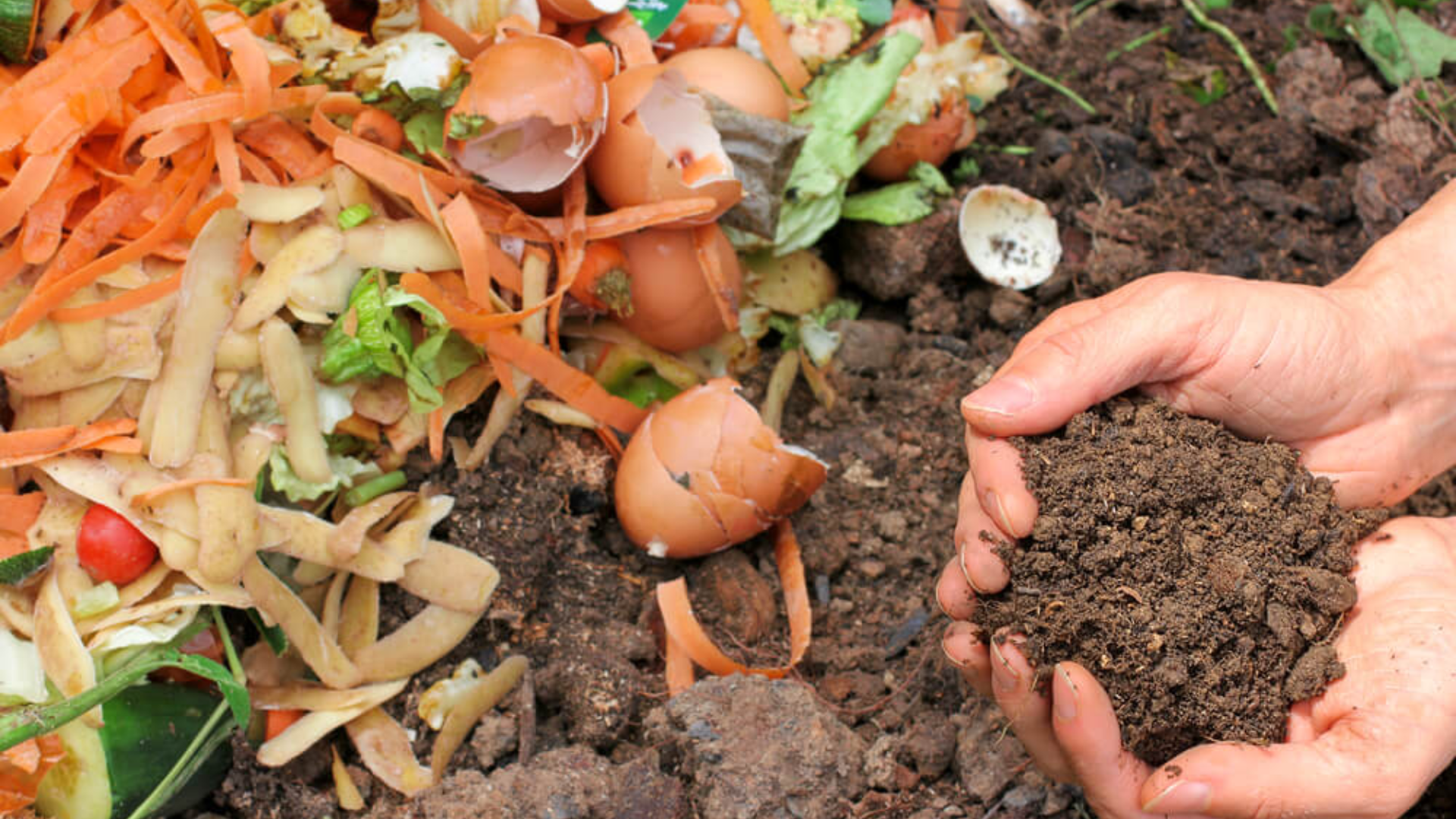
Knowing what to compost can make the process easier and cleaner. A printable compost list helps you remember what belongs in your bin and what should stay out, a simple breakdown to guide you every day.
1. Greens (Nitrogen-Rich Materials)
Greens are the wet, soft materials that bring nitrogen into your compost pile.
They help heat it up and speed up the breakdown process.
Use these in smaller amounts compared to browns. Always chop them up to help them break down faster and avoid any strong smells.
Some common green items include:
- Fruit and vegetable scraps (e.g., peels, cores, rinds)
- Coffee grounds
- Fresh grass clippings (pesticide-free)
- Plant trimmings (e.g., fresh leaves, flowers)
2. Browns (Carbon-Rich Materials)
Browns are dry, papery, or woody materials that provide carbon. They help soak up moisture and keep your pile from getting slimy.
A good rule is to use about two or three parts brown for every one part green.
Tear or shred browns before adding them for quicker breakdown.
Helpful brown materials are:
- Dry leaves
- Cardboard (shredded, non-coated)
- Paper (non-glossy, shredded)
- Straw or hay
3. Neutrals
Some items don’t fit neatly into greens or browns but can still go into your compost pile.
These are usually household items that break down slowly but add texture and variety to your compost.
Use them in moderation and cut them into small pieces when possible.
Other useful compostables include:
- Eggshells (crushed)
- Tea bags (if they’re plastic-free)
- Hair or pet fur
- Dryer lint (natural fabrics only)
- Old herbs or spices
Items to Exclude from Your Compost List
Not everything belongs in your compost pile. Some items can slow down the composting process, attract pests, or even harm your garden.
It’s essential to know what to exclude so your compost remains clean and safe to use.
Most things you should avoid are either too greasy, contain chemicals, or don’t break down naturally. A good rule is: if it’s treated, synthetic, or could smell bad, skip it.
The most common things you should leave off your printable compost list are:
- Meat, bones, and dairy products
- Oily or cooked food scraps
- Plastic, foil, or coated paper
- Pet waste or litter
- Glossy magazines or receipts
- Diseased or insect-infested plants
- Charcoal ash or treated wood
- Synthetic fabrics or sponges
Tips for Using Your Compost List
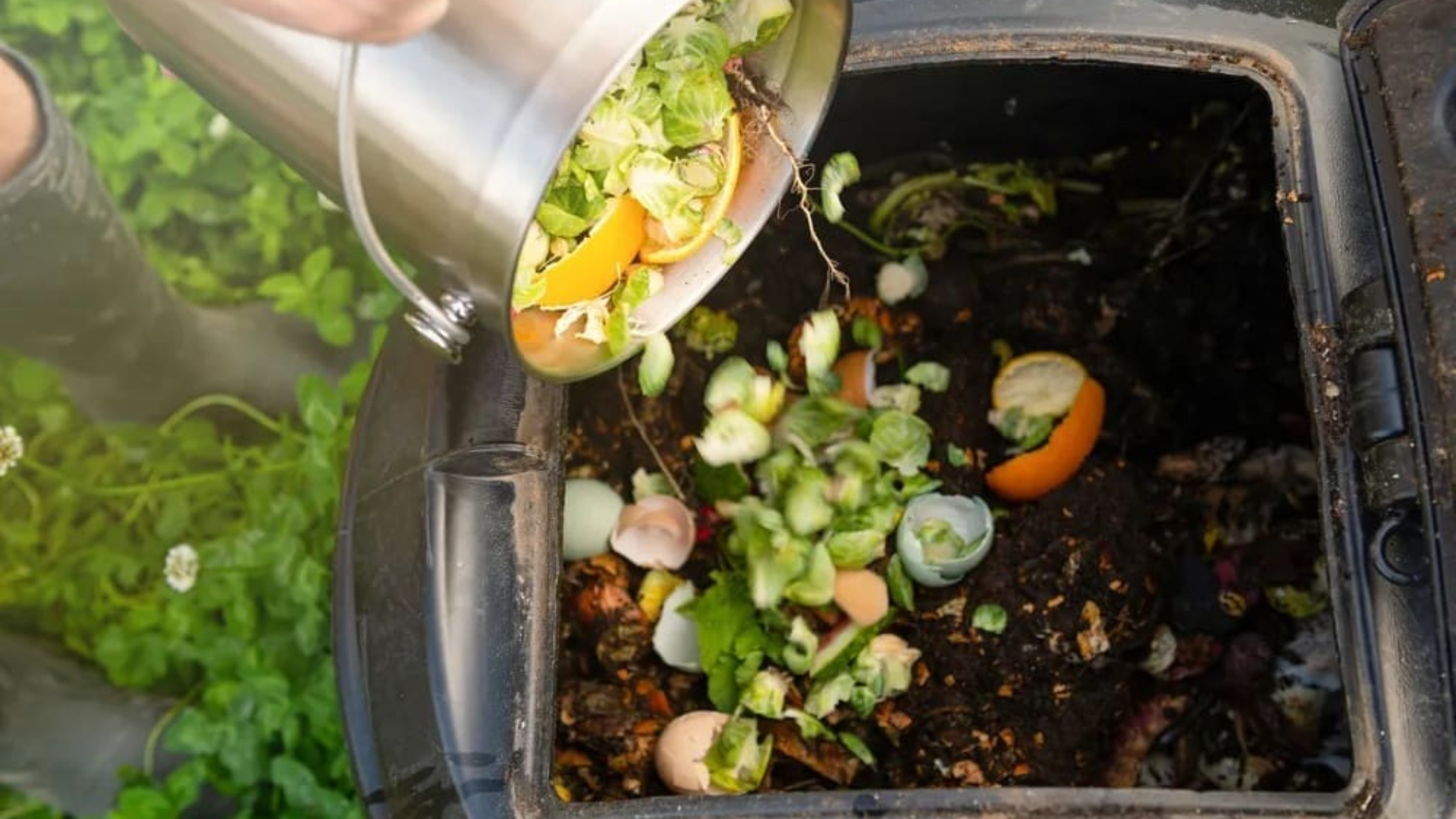
Once you’ve got your printable compost list, using it the right way makes composting smoother and cleaner. A few simple tips to help you get the most out of it are:
- Placement: Keep the list in the kitchen or near your compost bin for easy access.
- Chopping: Cut large scraps into smaller pieces to help them break down faster.
- Balancing: Try to follow a 3:1 ratio, three parts browns to one part greens.
- Maintenance: Turn your pile often and keep it damp, like a wrung-out sponge.
- Troubleshooting: If it smells or attracts pests, add browns or turn the pile for more air.
Common Composting Mistakes to Avoid
Even with the best intentions, it’s easy to make a few composting mistakes, especially if you’re new to it. Being aware of these common slip-ups can help you keep your compost healthy and stress-free.
- Adding non-compostable items: Things like plastic wrappers or glossy papers can look compostable, but aren’t. Always double-check.
- Overloading with greens: Too many wet items can make your pile smelly or slow to break down. Add more browns to balance it.
- Ignoring the list: Skipping the compost list can lead to bad habits or confusion over time.
- Tips for success: Keep the list visible, check it often, and make sure everyone in your home knows what to compost.
Conclusion
Composting doesn’t have to be hard or confusing. I’ve learned that having a simple printable compost list makes everything easier.
You don’t have to guess what goes in the bin or worry about making mistakes.
With the list nearby, you can build good composting habits that stick. It also helps your compost break down faster and smell better because you’re putting the right things in.
If you’re just starting, keep it simple. Focus on the basic greens and browns, follow the tips, and avoid common mistakes.
Over time, it gets easier and even a little fun. I keep my list on the fridge so everyone in the house knows what to do.
You’re not only cutting down waste, you’re making something useful. That’s a win.
So go ahead and print your list, give it a try, and see how much smoother composting becomes. You’ve got this, and I’m glad to help make it simple.


